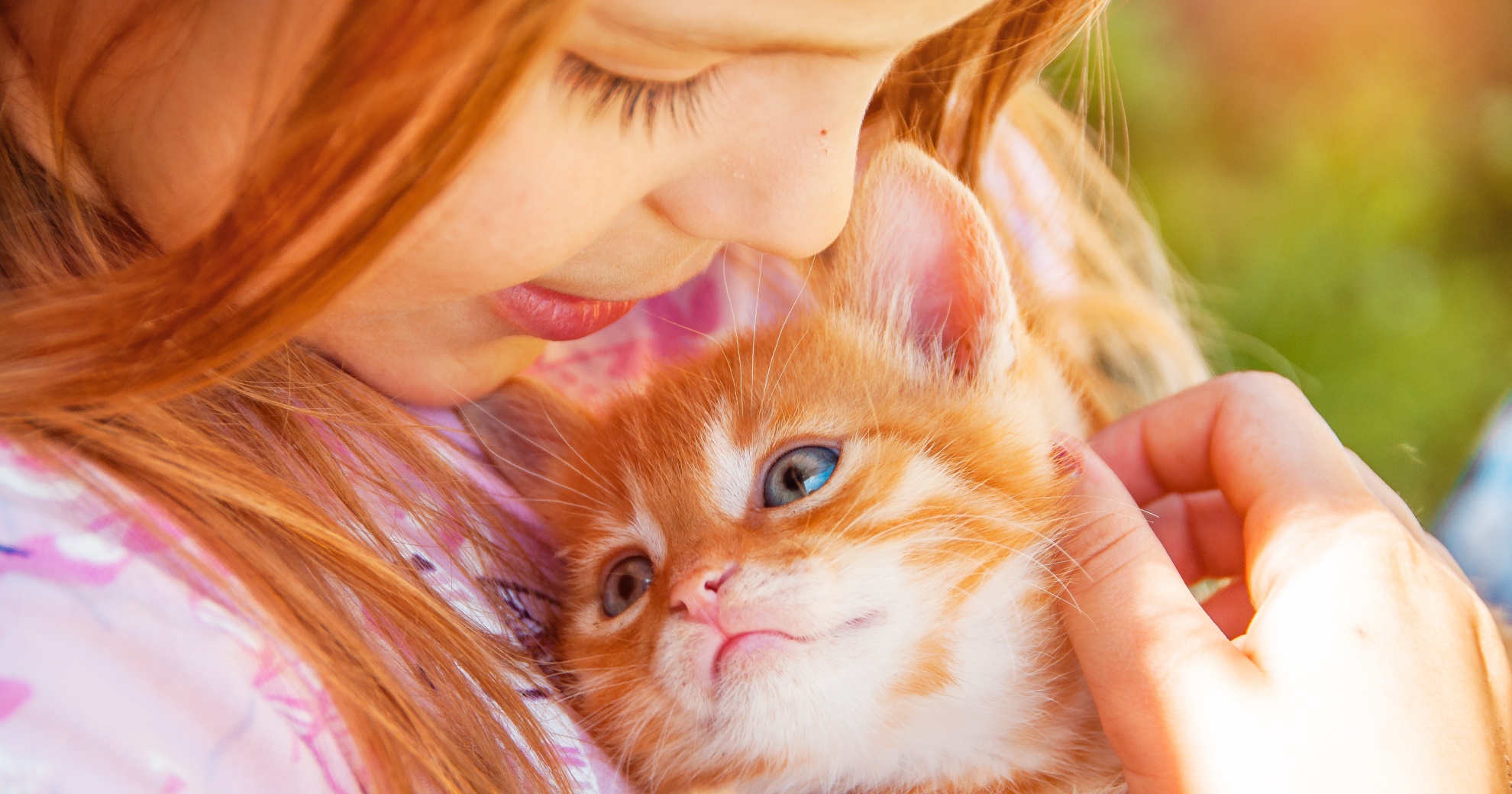HEALTH & WELLNESS

VOTING BOOTH

TRENDING

LIONS FOUNDATION OF CANADA DOG GUIDES
Lions Foundation of Canada Dog Guides and its founding program, Canine Vision Canada, was established in 1983. It’s the largest school of its kind in Canada with its training school in Oakville and breeding facility in Breslau.
Tapeworms – Is Your Cat At Risk?

Whether your cat’s day revolves around its cat tree and food bowl, an active lifestyle outside, or a combination of the two, it is important to be aware of the potential for our feline companions to harbor unwanted parasites that could negatively affect their health and potentially our own too.
WHICH TAPEWORMS?
The most common species of tapeworm in Canadian domesticated cats is Dipylidium caninum; Taenia taeniaeformis is also seen to a lesser degree.
- D. caninum, also known as the “flea tapeworm,” is transmitted through ingesting an infected flea during self-grooming.
- T. taeniaeformis is transmitted through eating infected rodents such as mice and rats.
A common misconception is that “indoor-only” cats do not get fleas and/or are not at risk of hunting small rodents. Indoor-only cats may become infected by contact with other pets in the household, escaping outdoors when a door is left open, or through the dreaded event that a mouse gets into your house!
DO TAPEWORMS MAKE CATS SICK?
- It is uncommon for a tapeworm infection to cause major illness in cats.
- With severe infections or in those cats that are very young, old, immunosuppressed, or otherwise ill, tapeworms can have negative health effects.
- Often the first signs that a cat has a tapeworm infection are excessive licking or rubbing of the hind end due to irritation.
- You may also notice visible tapeworm segments that look like rice grains on your cat’s fur, around its anus or in its feces. In cases of heavier worm burdens weight loss or vomiting may be seen.
IS MY CAT AT RISK?
As with most parasites, prevention is key and this involves assessing your cats’ lifestyle for risk.
To do so you can ask yourself questions such as:
- Does my cat go outside? Does my cat hunt?
- Is my cat in contact with other animals (cats, dogs, wildlife, etc.)?
- If my cat is indoor-only, do other pets in the household go outside, hunt, or come into contact with other animals?
- Are there any young children or immune-compromised family members in my home?
If you answered “yes” to any of these questions, your cat may be at increased risk for tapeworm infection.
TREATMENT AND PREVENTION
Speak with your veterinary team about parasiticide products used to treat tapeworm infections in your feline companions as well as flea control products for prevention. Though it is rare for humans to become infected with D. caninum, it is possible and of greatest concern for young children if they ingest an infected flea. It is recommended to treat all animals in an at-risk household with a veterinary-approved flea control product and address fleas in the environment as well. Prevention will help keep everyone in the household healthy and keep unwanted “friends” away.








